How to Look After Houseplants
All Pictures by Janek Szymanowski ©
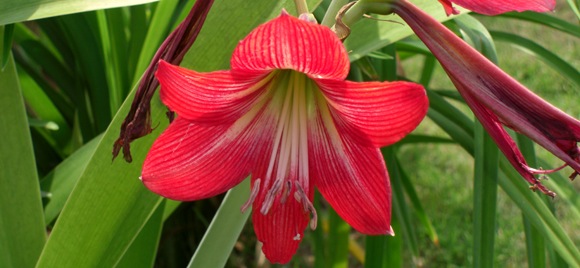
Living with houseplants can be an enriching experience even for the novice gardener. A gloriously red amaryllis set against drifting snowflakes outside the window. The sensuous fragrance of jasmine blossoms in a spring evening, or the feel of the gnarled trunk of a bonsai juniper 10 inches tall and 90 years old offer elusive but endless pleasures in our increasingly technological mode of modern living.
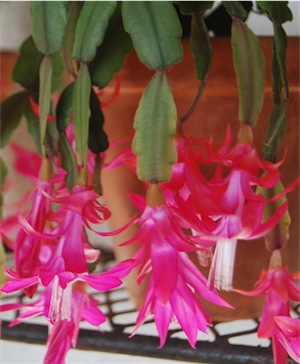
Although gardens and potted houseplants have been kept for millenia, the practice of growing plants inside the house during all seasons has its origins in relatively recent history. European interest in indoor gardening arose about the time of Columbus, when explorers and ship captains brought home plants from far-flung quarters of the globe. By the 17th century many tropical and subtropical plants were being imported into Europe, where greenhouses and conservatories were built to provide artificial environments for the growth of these plants.
English Indoor Gardens
In Victorian England the use of sheet glass in conservatories, improved heating, and the Wardian case (the forerunner of today’s terrarium, devised by London surgeon Nathaniel B. Ward) all contributed to the success of contemporary indoor gardens and houseplants.
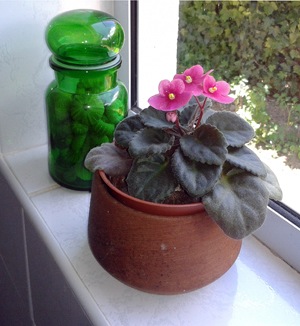
Many of today’s houseplants were developed from specimens brought back from other lands in the 19th century: bougainvilleas, fuchsias, and philodendrons from tropical America; spider plants, African violets, black-eyed Susans, and gladioluses from Africa; hydrangeas, chrysanthemums, and (rather belatedly) the art of bonsai from Japan; gardenias, lilies, azaleas and bamboos from China.
The great plant hunt in the 19th century was part scientific pursuit, part big business. The horticultural scouts were mainly English and French. They included botanists, gardeners, missionaries, traders, diplomats, and sea captains. In spite of pirates, shipwrecks, and other assorted perils, the expeditions were almost always productive and at times were very colorful.
A Scottish gardener, sometimes in Chinese clothes and pigtail, spent 19 years searching for tea plants, blue peonies, and yellow camellias in China and for chrysanthemums in Japan.
An English collector roamed the Far East early in the 20th century, traveling in sedan chairs and houseboats, always accompanied by his dog, his bed, and an enormous box camera.
One of the greatest horticultural coups is credited to a 17th-century French Jesuit missionary. He presented two mimosa plants, native to the West Indies, to the emperor of China.
The emperor was so intrigued by the bashful mimosas, whose leaves shrink when touched, that he threw open the gates of the imperial gardens to the plant-collecting priest.
European botanists and nurserymen improved many of these exotic species through selection and crossbreeding, creating new hybrid specimens. As a result, today’s houseplants need much less pampering than their ancestors did a century or so ago.
The Artificial Environment
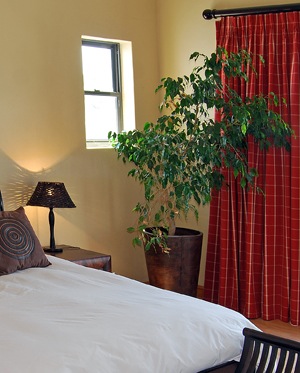
As the house is not a natural habitat for vegetation, any plant you bring home must adapt to a man-made environment. This is where you, the indoor gardener, can help your plants in their adjustments.
Besides soil, or potting mix, water, and nutrients, houseplants need warmth, moisture, and, above all, light. Requirements for these essentials may vary, but basically they are similar for most houseplants and are almost identical for species within the same genus.
Plants need light to produce their own food by the process of photosynthesis, to grow, and to bloom. But a house—even a greenhouse—never has as much light as the outdoors. In addition, the intensity of light varies within a house.
Window exposure also decisively affects light conditions: a south window has greatly varying light, usually bright and at times hot; an east window gives strong morning sun but no scorching rays; a west window means warmer, brighter evenings, thus prolonging the day for plants; a north window yields a steady, gentle light.
Shade vs Sunlight
Some plants are tolerant of shade and cannot withstand direct light. Others thrive in strong light.
The duration of daylight signals the blooming time for many plants. Thus we have “long-day” plants such as fuchsias, and “short-day” plants such as chrysanthemums.
Most plants are “day neutral,” showing no definite response to the length of day. It is possible to control the growth and flowering cycle of some plants by altering the length of the “day” through the use of window drapes and/or artificial light.
In indoor gardening artificial light can substitute for sunlight. Plants need the blue rays in sunlight for foliage growth and the red rays for flowering. Incandescent light has little blue, so it should be used only as a supplementary light source.
Fluorescent light, however, can be used as the only “sun” for most plants. You can combine daylight-type tubes (more blue rays) with warm white tubes (more red rays) or simply use cool white tubes (balanced rays) or special plant-growth lamps.
What Temperature?
Temperature varies within a house or an apartment from room to room and within a room according to the proximity to windows, heating registers, or radiators. Placing a plant in its preferred “climatic zone” will help ensure that it thrives.
With winter heating, our dwellings are too dry for most plants except cacti and other succulents. This condition can be improved by frequent misting of plant foliage, by humidifying a room, or by standing a potted plant on a tray of pebbles partially covered with water or inside a bigger pot lined with slightly moistened peat moss.
Reference: Readers Digest Crafts & Hobbies – A Step-by-Step guide to Creative Skills.
& Wiki Commons.



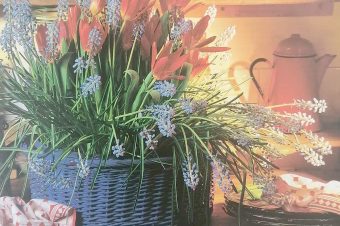
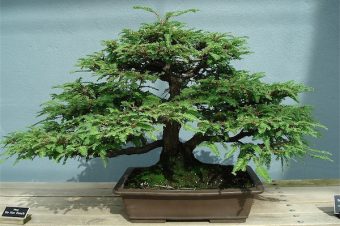
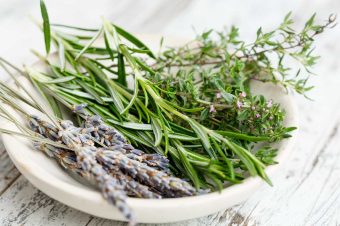
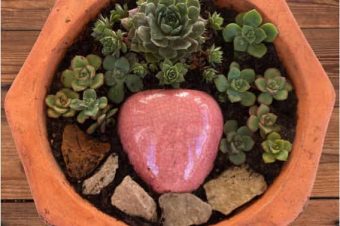
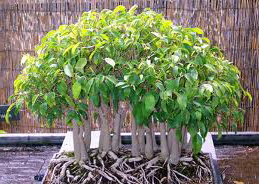
2 Responses
Janek
Soil fungus is common throughout the world. Take a sample to your local garden center and ask them to identify it and give you something to treat it with.
Cole
I have had many houseplants ranging from herbs to flowers. After a couple of weeks of watching these little white bug hunting elements appear at the TOP of the soil. They never move.
I have been lookin online struggling to figure out exactly what it is, I have come to the conclusion is the fact that it really is a fungus caused from overwatering.
Is this true? Will my plants be destroyed?